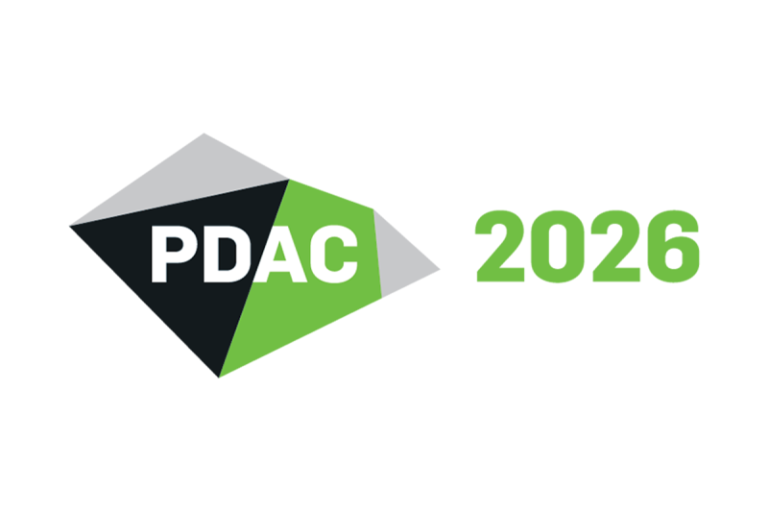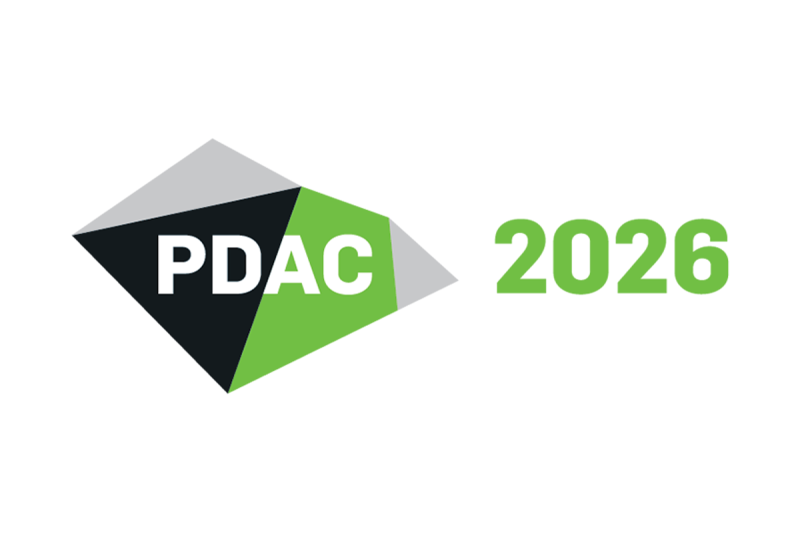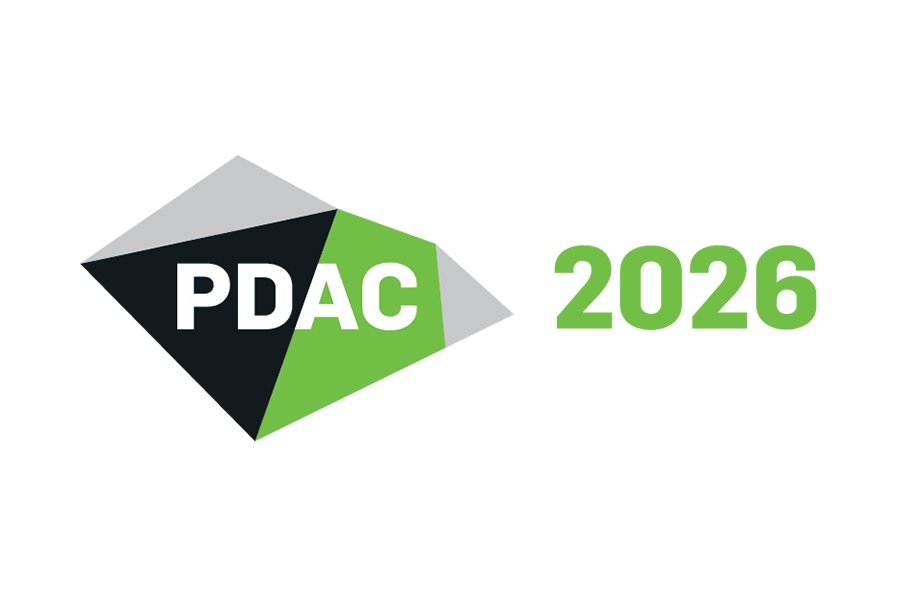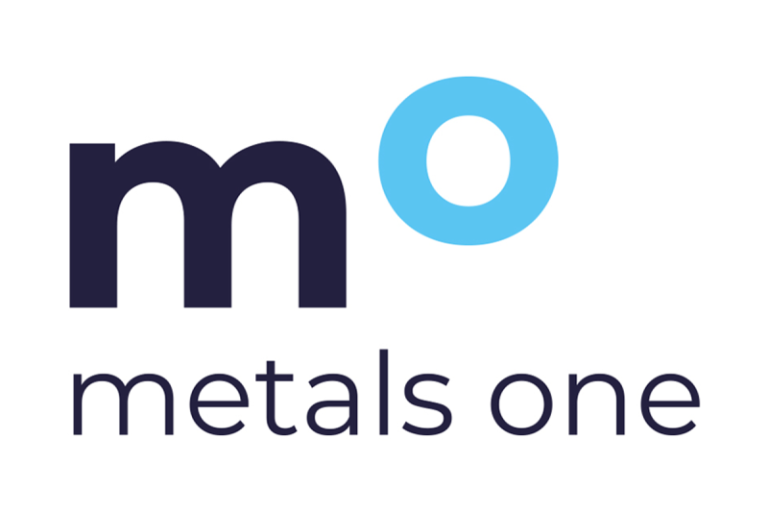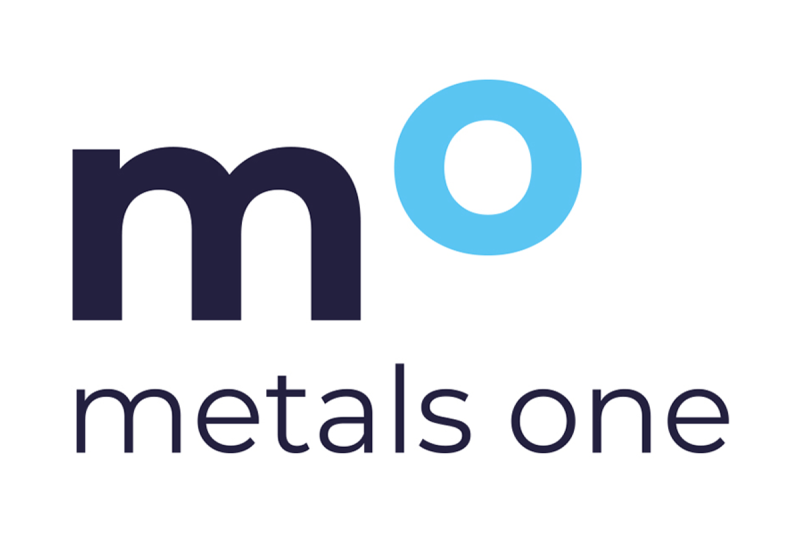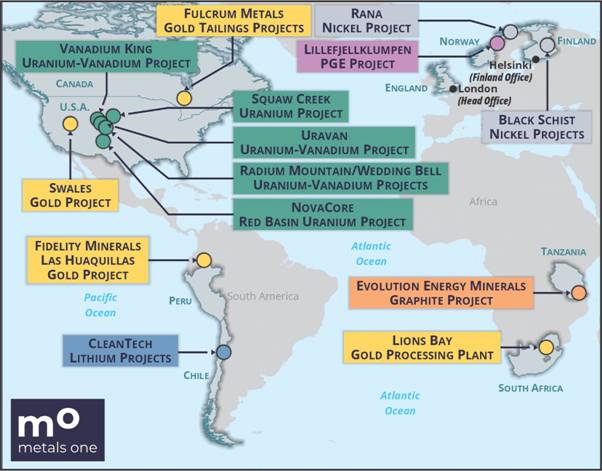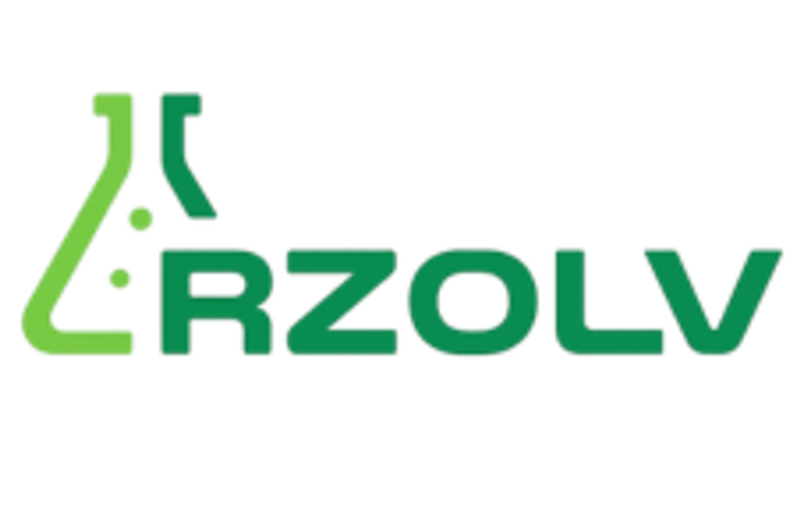
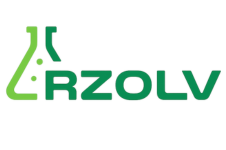
Rzolv Technologies Inc. (TSXV: RZL) (the ‘Company’ or ‘RZOLV’) announces it has entered into agreements with the following investor relations and market-making service providers.
Investor Relations Agreements
Outside the Box Capital Inc. (‘OTB’): Effective October 22, 2025, RZOLV engaged OTB to provide marketing and distribution services for a six-month term. OTB will receive $150,000, payable in six monthly instalments of $25,000.
OTB’s services include owned media, social media outreach, financial influencers and short-form video content, paid advertising, partner syndication, and targeted campaigns across platforms such as Reddit, Discord, Telegram, X, and StockTwits.
OTB is an arm’s length party to the Company and currently holds no securities of RZOLV, though it may acquire securities in the future. No stock options, performance factors, or additional compensation are included in the agreement.
Apaton Finance GmbH (‘Apaton’): Effective November 21, 2025, RZOLV entered into an investor relations agreement with Apaton to support market awareness through multi-platform content, video production, and newsletter distribution in English and German, primarily targeting Germany.
Apaton will receive €12,000 for a 12-week term, with the option for extension at the Company’s discretion. Apaton is an arm’s length party and holds no securities of RZOLV, though it may acquire securities in the future. No stock options, performance factors, or additional compensation are included.
Market Making Agreement
Effective October 22, 2025, RZOLV retained Independent Trading Group (ITG) Inc. (‘ITG’) to provide market-making services. The agreement is ongoing and may be terminated by either party with 30 days’ notice. RZOLV will pay ITG a monthly fee of $5,500.
ITG is an arm’s length party and to the Company’s knowledge currently holds 30,000 common shares of the Company. No stock options or performance-based compensation are included in the agreement.
About Rzolv Technologies Inc.
Rzolv Technologies Inc. is a clean-tech company developing innovative, non-toxic solutions that aim to transform gold extraction and mine-site remediation. The Company’s flagship product, RZOLV, is a proprietary water-based hydrometallurgical formula that provides a sustainable, safe alternative to sodium cyanide for the dissolution and recovery of gold.
Cyanide has been the industry standard for more than a century, yet its toxicity has resulted in bans or restrictions across multiple jurisdictions, along with significant permitting, handling, and ESG challenges for mining companies. RZOLV delivers comparable performance and cost metrics to cyanide while offering a non-toxic, reusable, and environmentally sustainable profile, enabling gold extraction in regions, ore types, and project settings where cyanide use is impractical, prohibited, or socially unacceptable. For more information: https://www.rzolv.com.
Cautionary Note
Neither the TSXV nor its Regulation Services Provider (as that term is defined in policies of the TSXV) accepts responsibility for the adequacy or accuracy of this release.
For further information, please contact:
Contact
Duane Nelson
Email: duane@rzolv.com
Phone: (604) 512-8118
Cautionary Note Regarding Forward-Looking Statements
This news release contains statements that constitute ‘forward-looking statements.’ Such forward-looking statements involve known and unknown risks, uncertainties and other factors that may cause the Company’s actual results, performance or achievements, or developments to differ materially from the anticipated results, performance or achievements expressed or implied by such forward-looking statements. Forward-looking statements are statements that are not historical facts and are generally, but not always, identified by the words ‘expects,’ ‘plans,’ ‘anticipates,’ ‘believes,’ ‘intends,’ ‘estimates,’ ‘projects,’ ‘potential’ and similar expressions, or that events or conditions ‘will,’ ‘would,’ ‘may,’ ‘could’ or ‘should’ occur.
By their nature, forward-looking statements involve known and unknown risks, uncertainties and other factors which may cause our actual results, performance or achievements, or other future events, to be materially different from any future results, performance or achievements expressed or implied by such forward-looking statements.
The forward-looking information in this news release is based on management’s reasonable expectations and assumptions as of the date of this news release. Certain material assumptions regarding such forward-looking statements were made.
The forward-looking information contained in this news release represents the expectations of the Company as of the date of this news release and, accordingly, is subject to change after such date. There can be no assurances that such statements will prove to be accurate and actual results and future events could differ materially from those anticipated in such statements. Readers should not place undue importance on forward-looking information and should not rely upon this information as of any other date. The Company undertakes no obligation to update these forward-looking statements in the event that management’s beliefs, estimates or opinions, or other factors, should change.
To view the source version of this press release, please visit https://www.newsfilecorp.com/release/277068

News Provided by Newsfile via QuoteMedia

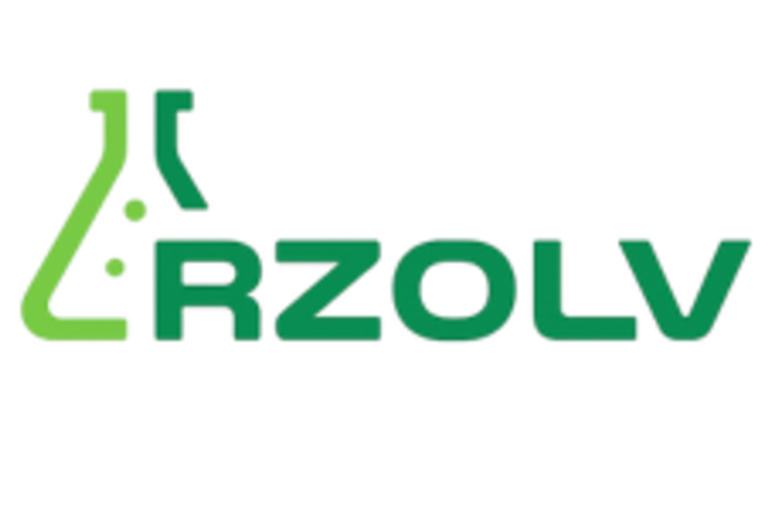
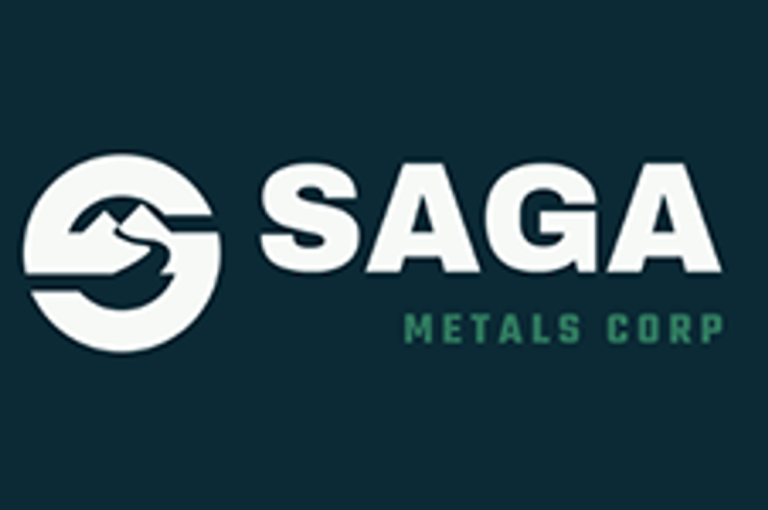
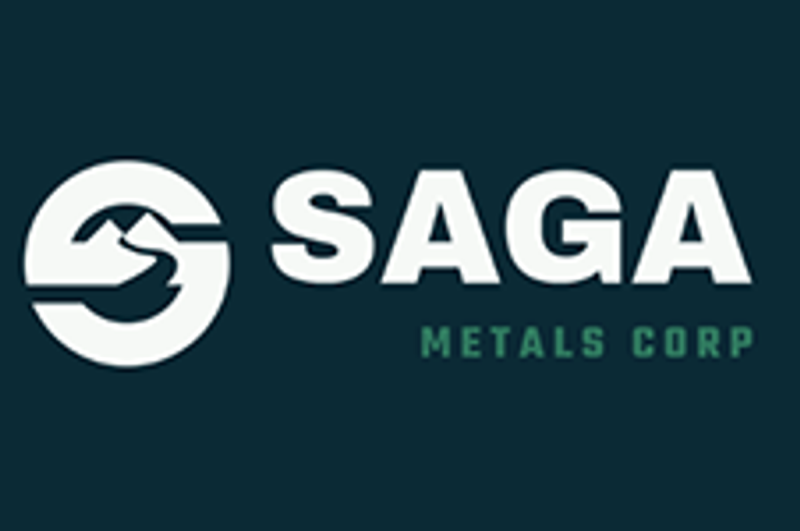
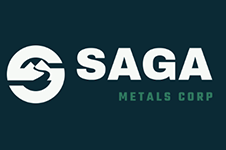

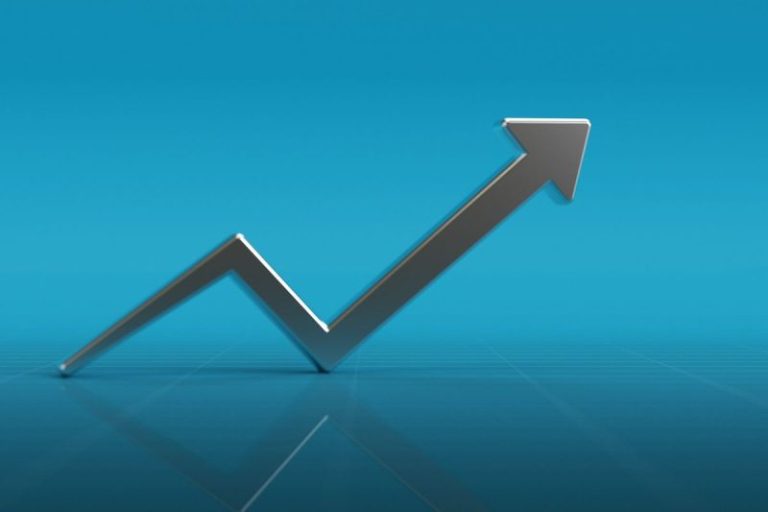
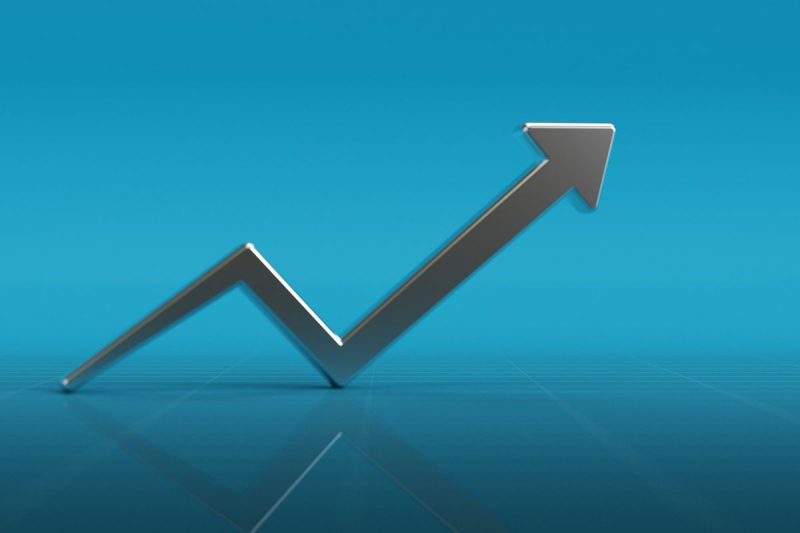
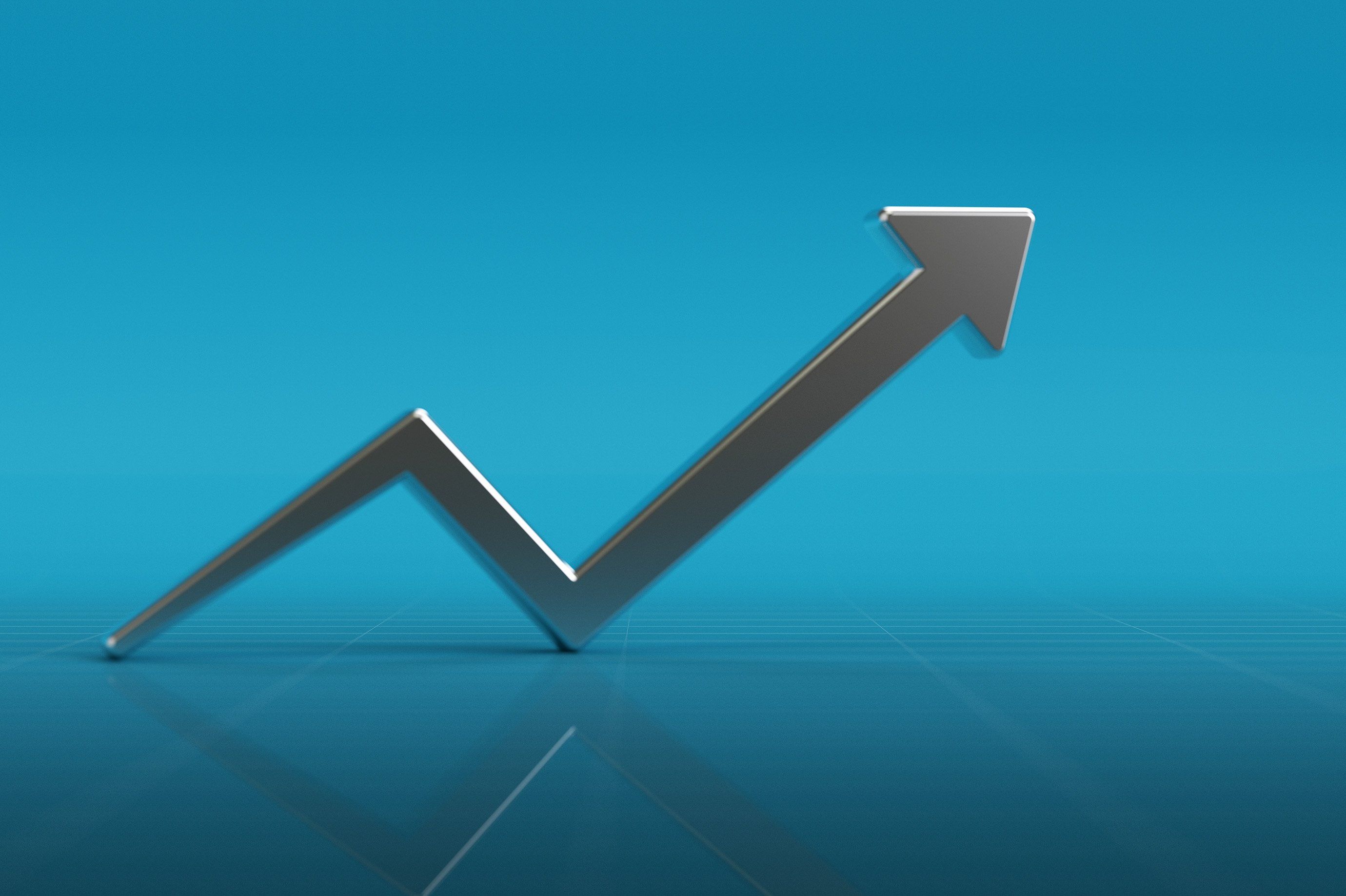





 Piche Resources (PR2:AU) has announced Commences Maiden RC Drilling at Cerro Chacon Gold Project
Piche Resources (PR2:AU) has announced Commences Maiden RC Drilling at Cerro Chacon Gold Project


